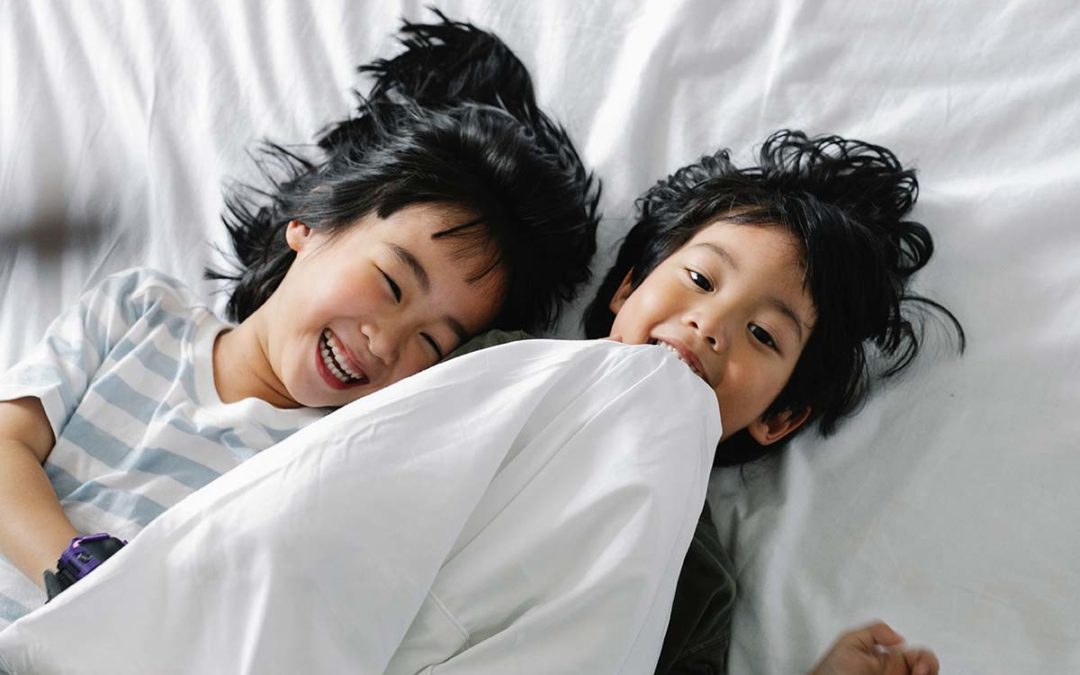I am currently working on a series of 4 sessions with regards to developing social skills and quite intensely pondering over the different aspects. So many families want their children to develop socially and are focusing on structures such as eye contact, greeting others, breaking into a conversation, talking about topics that interest others, to name a few. Though all of these are important to consider, the reality is that our social skill is innate and develops from deep within our subconscious brain. In fact, we are born with the “software” to connect with others. It is the drive for connection within the context of mirroring other’s behavior that drives social skill. And later, once we developed self-regulation, we can then develop self-reflection, which allows us to correct our social faux pas’.
We were at our friends home on Saturday evening and of course I relaxed as I truly enjoy being with them, but I must admit that my mind wandered a little as I observed the multiple levels and complexity of social skill that we take for granted in every-day life.
There was a moment when my friend (Olga) became really passionate in her discussion and her entire body language rose up to meet the intensity of her thinking and speech process. Her non-verbal communication completely relayed and supported what her verbal speech was saying. As her intensity rose, our other friend (Sandra) quietly met her gaze and nodded affirmatively at appropriate times. As Olga got the quiet affirmation from Sandra, her tone of voice, her body language started losing some of the intensity and her passion started to regulate to a more even disposition. So many pieces, in so very small space of time.
Eye contact was a big piece of this conversation, but not only to show interest, also to observe the subtle cues of true and honest interest, the “joining” in the spirit of the moment. We want to know if our message is ringing true from our conversational partner. We want to get the feedback of feeling “felt” by the other. The non-verbal skills that were exchanged said so much more than the actual words. Sandra did not have to say anything to give Olga the message she is being heard. It was in the softness of her gaze, the quick flicks of oral facial musculature and the affirmative nods. In fact, her non-verbal cues were so powerful, it actually tempered Olga’s passionate plea to understand her plight in regards to the topic. So much said, with so little emphasis on words.
In fact, being social of course includes verbal and language skill in order to be fully effective, but if it was only this, then we would have been perfectly happy simply to close our eyes during an entire conversation and receive the message by words only. Social skills start very early as the infant observes the face of his/her mother, while engaged in the nurturing reciprocity of cooing with each other. Mirror neurons cause the baby to want to follow the mother’s facial cues and the responsiveness of mother supports the pieces of agency that later develops into “if I cry in a certain way, my mother will respond in a certain way”. In fact, our intrinsic motivation to be social lies in these early experiences of reciprocal interaction.
We drink others in with our eyes, we time our responses at opportune moments. We formulate our next thoughts in a sequential order as the speaker is still speaking. We actually adjust our thoughts in preparation for speech while mid-sentence. Our working memory and praxis abilities work together in split second harmony to bring together one moment in time of shared meaning through interaction.
Much is being said of building empathy. It starts with the mirror neurons at birth and it develops into an ability to truly feel another’s pain, even if the event did not involve you personally. Much deeper than sympathy, it is empathy that makes us feel “felt”, feel like we are being heard.
How do we develop social skill in children with developmental delay?
- Focusing first on non-verbal exchanges, playing games without talking – extremely powerful
- Creating moments of shared meaning, where meaning drives the intention and the intrinsic motivation to be in the presence of the other
- Develop praxis, timing and sequencing skill to become motorically fluent in joining the body and speech together
- Create exposure to family events (going to grandma, to the beach) from which the child builds a repertoire that could serve as communication builders
- Expose the child to stories to build imagination
- Play, play, play – this is where it all comes together
Bottom line is that simply putting a child in a social skills group where skills are contrived in isolated exercises, could be one additional piece to this wonderful social puzzle, but it is not going to be the “Amen”! Children mirror our actions more than they mirror our speech. It is not what we say, it is how we say it and what we do when we say it! The social experience in the home is the most powerful tool in building social skill.
For more info on this webinar series: https://maudeleroux.com/shop/what-does-it-mean-to-be-social-session1/


Recent Comments